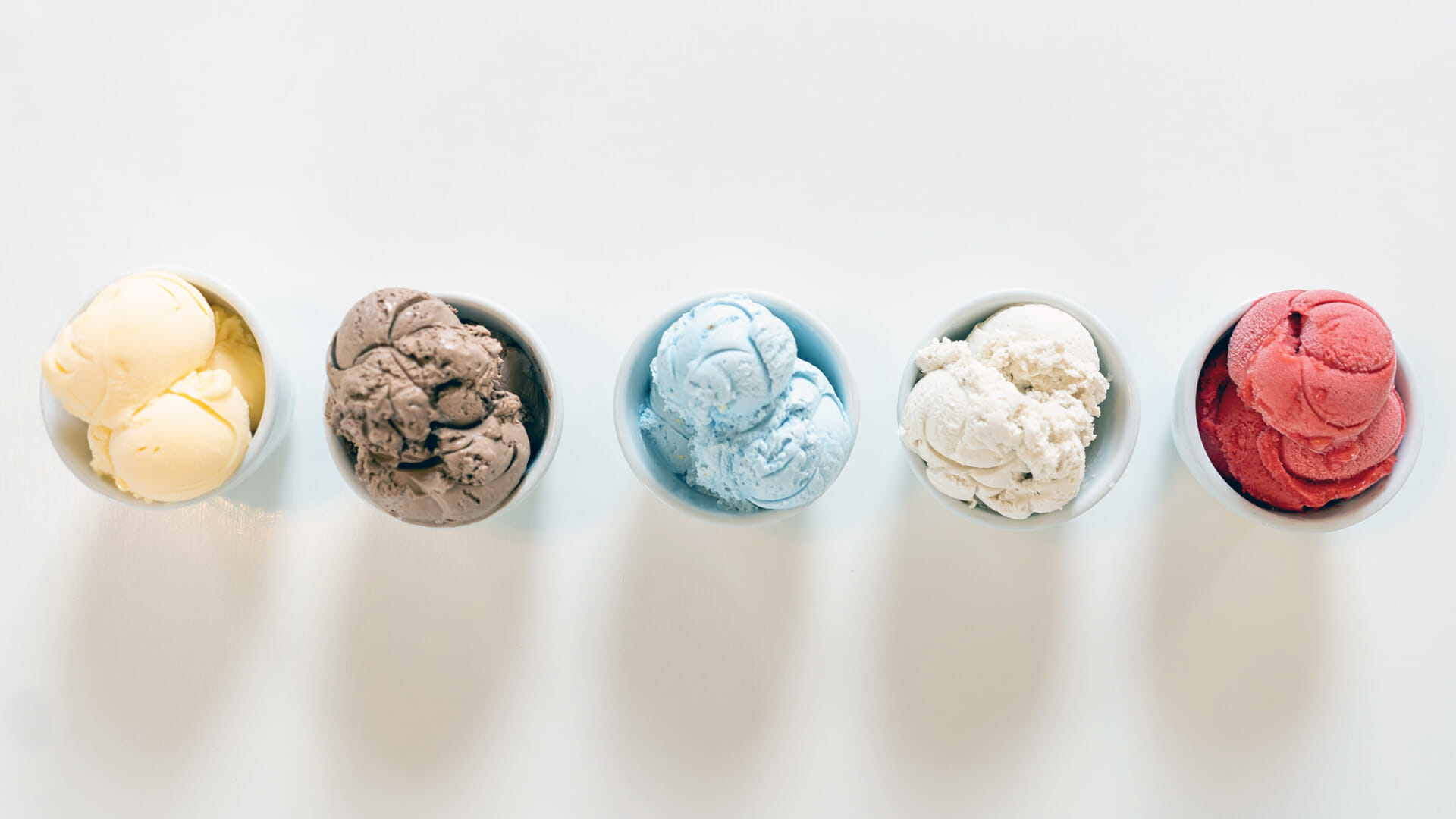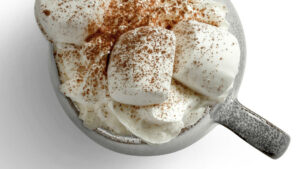Recovering and repurposing food waste, including like ice cream waste recovery, is very much product- and package-dependent: snack food scraps, confectionary residuals, cheesy by-products, pre-packaged condiments, and expired or near-date milk and half-and-half are all handled differently. After years of scientific research, millions of tons of food-waste recovery, and successfully repurposing all kinds of food products, Green Field Solutions is introducing a game-changing solution for ice cream waste recovery.
While dairy by-products have long been repurposed for the livestock feed industry, applying similar techniques to recovering ice cream waste is groundbreaking. The solution lies in a complex and cost-efficient combination of logistics routines, material handling techniques, specialty equipment, scientific analysis, market expertise and strategic partners:
- Logistics – Our wide geographic network helps keep freight costs low.
- Material handling – Our technologies streamline processes and maximize value.
- Equipment – We use specialized equipment in strategic new ways.
- Scientific analysis – We use science to identify optimal solutions for difficult problems.
- Market expertise – Our product and market expertise maximizes the material’s value.
- Strategic partners – We work alongside our partners to explore new breakthroughs.
Ice Cream Waste Recovery: Material Handling
Expired or near-date dairy products like milk and ice cream often are destroyed or discarded at the retail site. Until now, few options were available to food manufacturers and retailers to keep ice cream waste from hitting the landfill or being land spread. Below are some of the similarities and differences in upcycling milk and ice cream.
Upcycling Similarities
LIKE MILK...
Upcycling Differences
Unlike milk...
Ice Cream Waste Recovery: Unlocking Potential
Historically, cost has been a barrier to sustainable waste management solutions. But it doesn’t have to be! The recovery of organic co-products and food by-products can, ultimately, incentivize sustainable waste management practices by turning one company’s trash into another farmer’s treasure. By transforming ice cream waste into useful feed ingredients, we’re helping close the loop between food production and sustainable waste management.
The advantages of sustainable food waste recovery include:
- Lower energy and transportation costs
- Reduced landfill and disposal fees
- Decreased reliance on grown feed stocks
- Lower feed costs for farmers
- A reduced environmental footprint
- Greater security in the food supply chain
A Blueprint for Rethinking Food Waste
Green Field Solutions’ innovative approach to ice cream waste recovery is more than just a technical achievement—it’s a blueprint for how the food industry can rethink waste as a resource. By combining science, logistics and strategic collaborations, we’ve created a scalable, cost-effective way to repurpose a traditionally challenging waste stream.
The result is a win-win: reduced environmental impact, lower feed costs, and a more sustainable, circular economy for food production. Ice cream may be a fun treat, but keeping it out of the landfill is serious progress.





